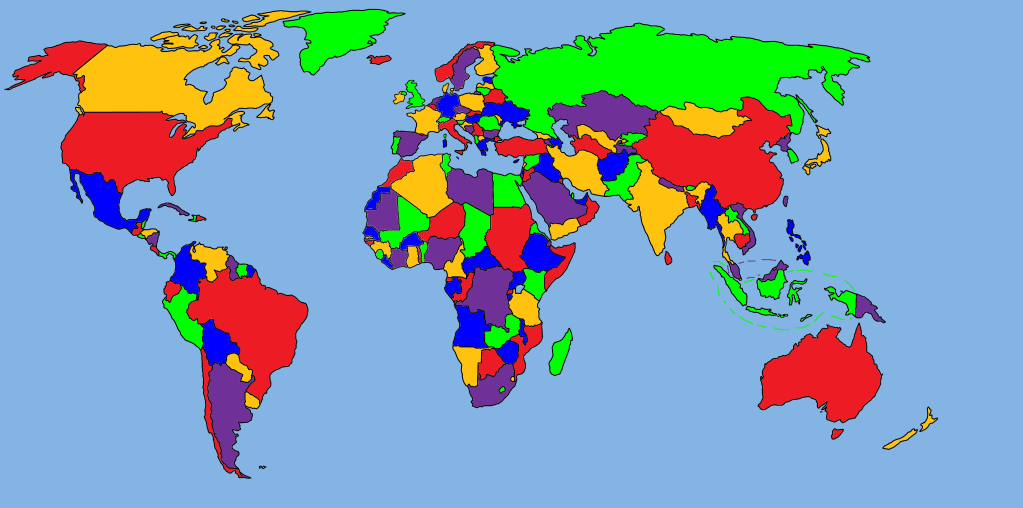It's summer and schools out. It's the time for kids to run and play in parks, on beaches and through backyards! But with all this heat, sun, and water, parents need to stay vigilant. Here are summers main concerns and ways to beat the heat, keep kids safe, and still have fun!
HEAT:
When the thermometer keeps rising there are many things parents need to be mindful of. Heat Exhaustion, Heat Stroke and Dehydration are the three big ones. It's hard for adults to make sure that they are getting enough fluids, or to know how much their bodies are working, so kids need to have adults looking out for them.
- Avoid sun exposure between 11am and 3pm. This is the time of day when the sun is highest in the sky and its rays are the strongest. Avoid water play during this time of day as the water washes away sweat making it difficult to see how much fluid you or your child has lost. Do errands and outdoor play early or late in the day.
- Kids will not stop playing to get a drink of water until they are extremely thirsty and by then they've already lost too much fluid. Once thirsty, get kids out of the heat and have them drink plenty water to help their bodies replenish. Prevent dehydration, by drinking small amounts throughout the day as large amounts of water at one time does little to help keep you hydrated.
- DO NOT LEAVE KIDS IN CARS!! Not for 10 minutes, not for 2 minutes. The temperature in a car can rise over 20 degrees in less than 20 minutes. So on a 98 degree day, you car can go up to 118 in the time it takes you to run the ATM. It maybe inconvenient, but taking them with you is better than taking them to the hospital.
SUN
It wouldn't be summer without the sun, but too much sun exposure can be dangerous. Your body needs sun to make vitamin D, so make sure your kids do get 15 minutes of sunshine a day.
- Apply (and reapply) sunscreen. Kids of all skin tones and complexions should have on sun block when they go outside. Apply before heading out and every two hours after.
- Play in the shade. Make use of the patio or covered deck. Kids will have fun playing in a tent or making one out of a blanket.
- Cover up. Encourage kids with particularly sensitive skin to wear sun coveralls, wide brimmed hats and sunglasses.
- Double Check Medications. Some medications have sun exposure warnings. Read carefully to be sure you're taking the proper precautions. Questions: talk to your doctor or pharmacist.
WATER
Water play is one of the best parts of summer time, but it can be dangerous if the right safety measures aren't taken.
- Teach your kids to swim! This is a great way to help them be safe.
- NO ONE SHOULD SWIM ALONE! This is true for adults and especially for children. Younger children and weak swimmers should always have an adult within arms reach. Bring the cordless phone outside, or ignore the phone altogether, don't multitask when watching the kids in the pool.
- Learn the signs of drowning. Drowning doesn't look like what the TV and Movies portray it as so read up on Drowning and make sure your caregivers do to!
- Get a Coast Guard Certified life vest. Make sure it fits correctly.
- Know the waters. Ponds, lakes, beaches and can be unpredictable in many ways: undertows, rough surf, hidden drop-offs, rocks, broken glass, etc. Be aware of where your kids are swimming and playing. Keep them safe by giving them water shoes, life vests, etc. and teaching them to stay near the shore, not to have their backs to the waves, and to swim sideways in caught in an undertow.
Read More on Sun Safety & Water Safety at the Kids Health website.



















